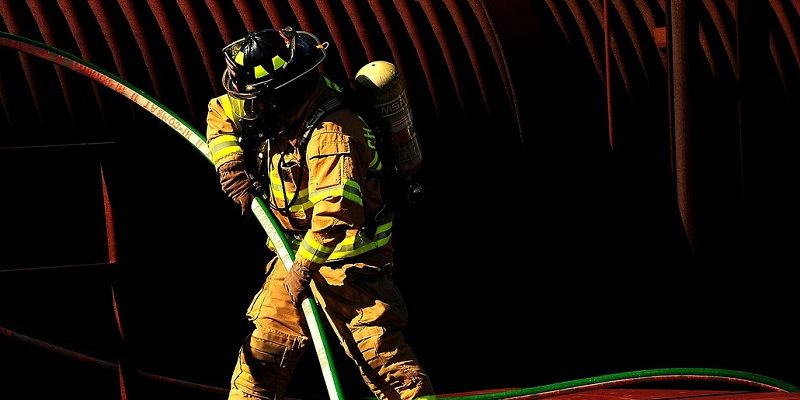
What is the problem?
Firefighters perform at high levels of physical, emotional and mental capacity in emergency situations. This puts them at risks for acute, recurrent or chronic pain. Evidence suggests that firefighters have high rates of work-related pain and they are 3 times more likely to have injuries than workers in the private sector. However, the impact of bodily pain on Canadian firefighters’ ability to do job tasks (work limitations) has not been studied. Therefore, the aim of this study was to determine if self-reported work limitations differ among firefighters based on the number or location of painful body sites.
How did the team study the problem?
We recruited a total of 325 career firefighters (age range = 18-60): 216 males from Ontario, 109 females from Ontario and other provinces. All firefighters completed either a paper or online format of: 1) a work limitations questionnaire (WLQ-26) which asked them if they had difficulty doing certain job tasks due to a physical or mental injury; 2) a checklist of painful areas of the body. We then used different statistical techniques to understand the associations between work limitations and the number or location of painful sites, age, sex, body mass index or years in fire service.
What did the team find?
In general, men and women firefighters reported very low work limitations—they had little difficulty handling certain parts of their jobs. Higher levels of work limitations were associated with: spinal pain, 3 or more painful body sites, age.
How can this research be used?
The study results can be used by the fire service to design training programs that could potentially prevent bone and joint injuries in firefighters. Our research may also encourage firefighters to seek early treatment for acute pain to avoid the potential risk for ongoing pain problems that could interfere with their ability to do their jobs.
Cautions
We only surveyed the firefighters at one time so we cannot infer a cause and effect between bodily pain and work limitations. We used a self-report form, the WLQ-26, which may not be sensitive to the highly demanding tasks of firefighting.
Funding Sources: Ministry of Labor FRN #13-R-027
